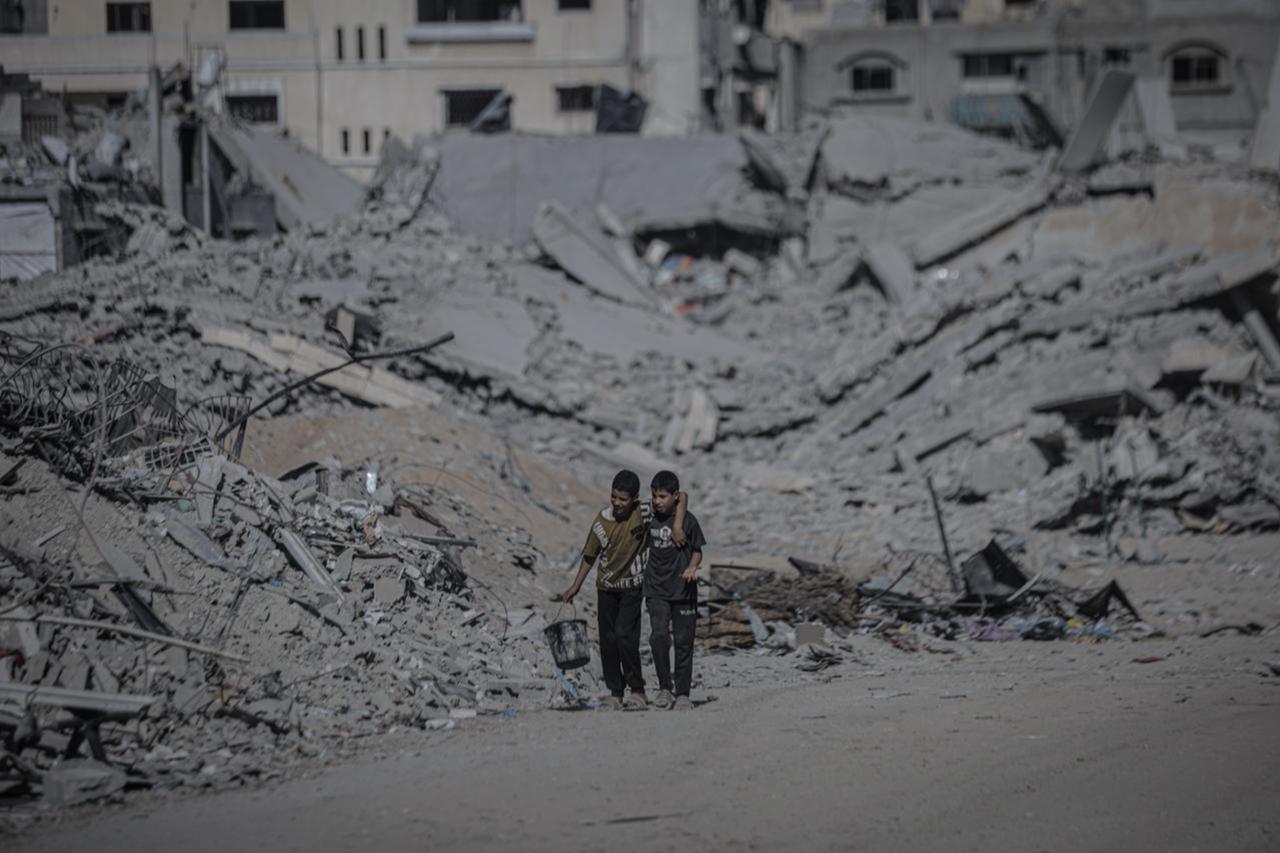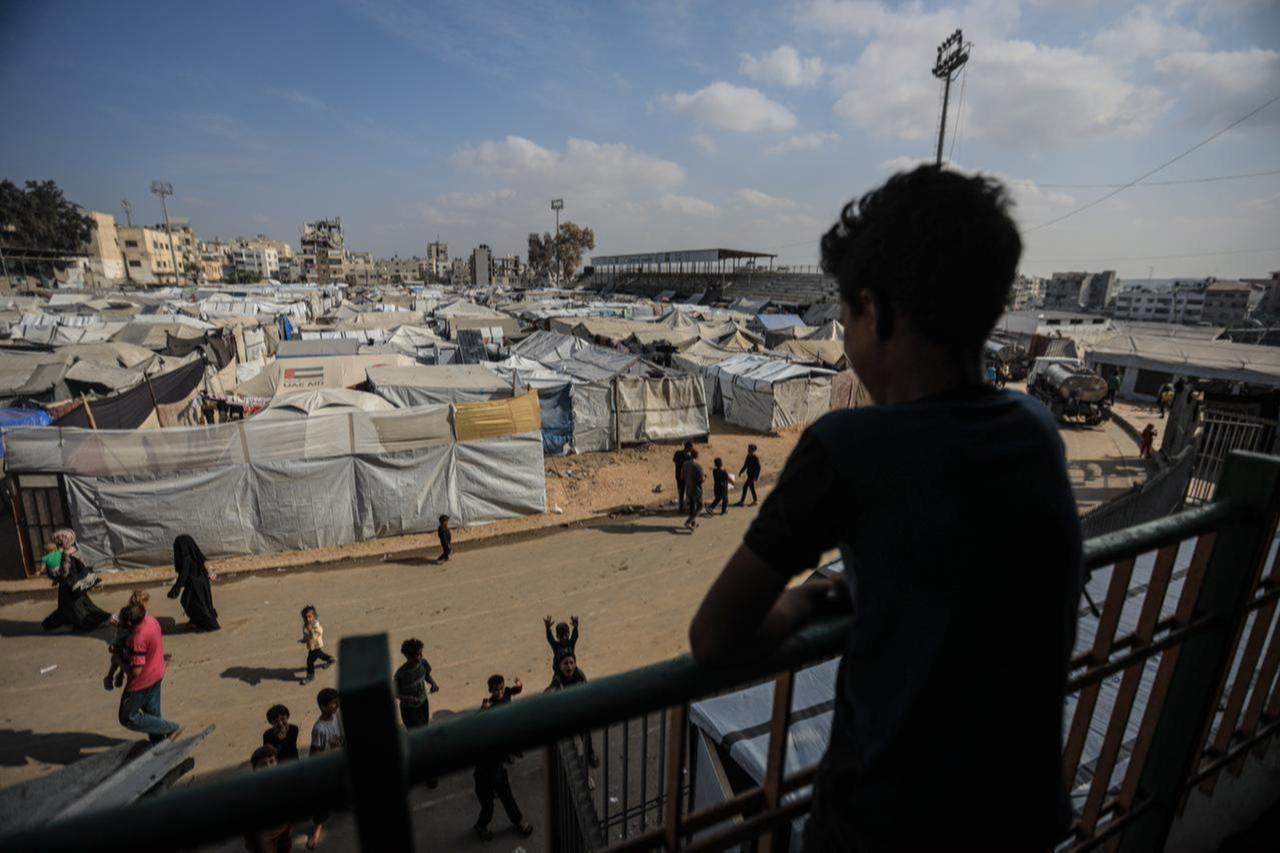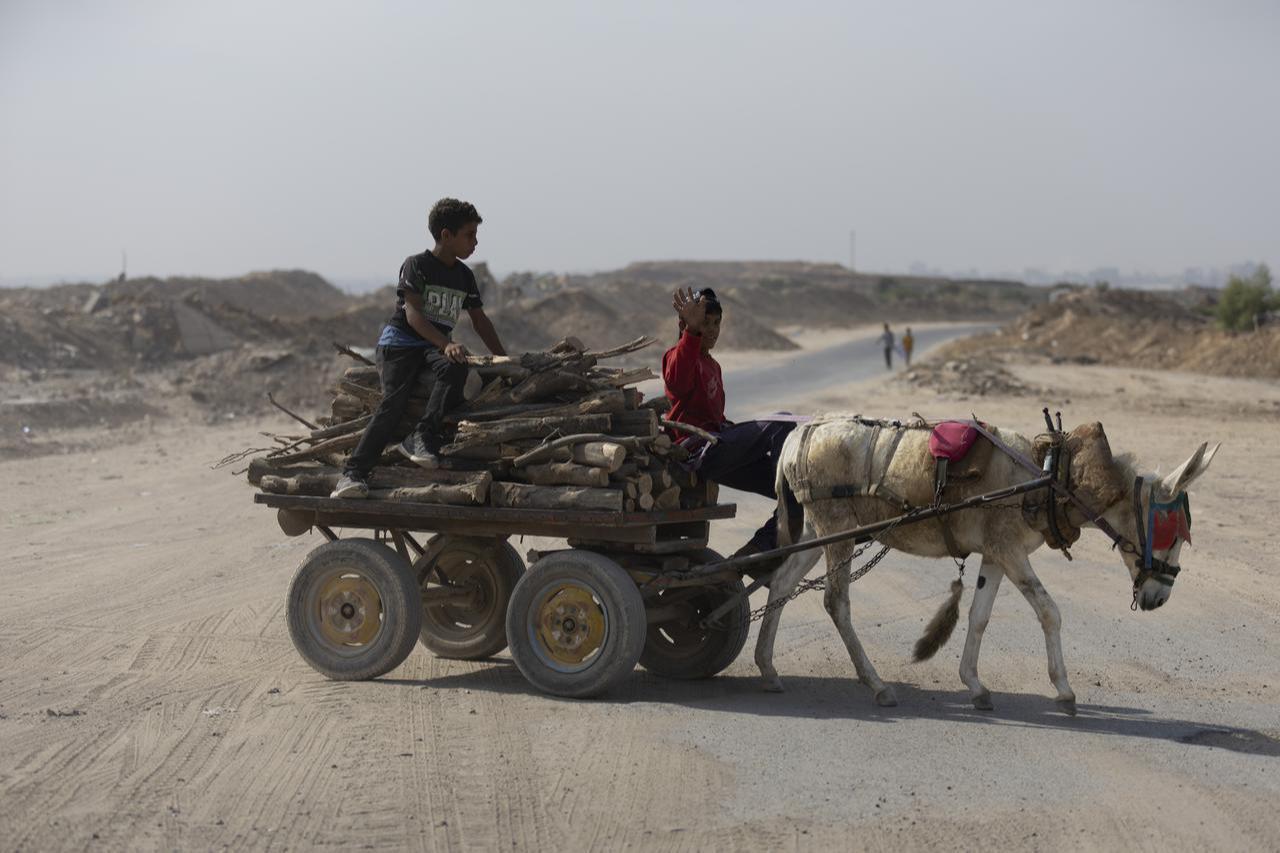
The World Health Organization is moving ahead with a major vaccination campaign across the Gaza Strip, using the limited stability created by the October ceasefire to reach young children who have gone without basic health care for months.
The campaign aims to vaccinate more than 40,000 children against preventable diseases, according to statements from WHO chief Tedros Adhanom Ghebreyesus.
Since the first phase began on November 9, WHO and its partners have vaccinated more than 10,000 children under the age of three.
The agency plans to continue phase one until Saturday and will launch two additional phases in December and January. The programme is run in partnership with UNICEF, UNRWA and Gaza’s health ministry.
The vaccines include protection against measles, mumps, rubella, diphtheria, tetanus, whooping cough, hepatitis B, tuberculosis, polio, rotavirus and pneumonia. WHO says these services remain critical as Gaza’s health system struggles after two years of intense fighting.
Tedros said he was encouraged by the continued halt in fighting, noting that the truce allows teams to restore essential health services and begin re-equipping damaged facilities.
The U.N. Security Council endorsed the U.S. plan that helped establish the ceasefire, although incidents of violence persist.

The vaccination campaign is unfolding against a backdrop of widespread destruction and civilian loss. Thousands of families remain unable to recover the bodies of their relatives, with entire neighborhoods buried under rubble.
Ahmed Salim, a Gaza City resident, said more than 30 members of his family were killed when their building collapsed on December 24, 2024. He is the only survivor and has waited nearly a year to retrieve their remains. He said the only thing he wants is to bury them.
U.N. data from September shows that Israeli strikes have damaged or destroyed about 83 percent of structures that existed before the war.
Gaza’s civil defense agency estimates that roughly 10,000 bodies remain under debris. The densely populated territory now holds about 61.5 million tonnes of rubble.
Civil defense spokesman Mahmud Bassal said emergency workers cannot remove thousands of bodies without heavy machinery.
Since the ceasefire began on October 10, Israel has allowed Egyptian bulldozers into Gaza to recover the remains of Israeli hostages. Palestinian families say they hope the same equipment will be used to help them locate missing relatives.
Residents across Gaza continue to return to damaged homes to search for bodies. Some manage to uncover relatives without assistance. Amer Abu Al Tarabish said he retrieved the bodies of thirty family members in Beit Lahia with his hands after returning during the pause in fighting.

Although humanitarian operations have expanded under the truce, violence has not fully stopped.
Israeli strikes on Wednesday killed 27 people in Gaza, according to Gaza’s civil defense agency. Fourteen people were killed in Gaza City and thirteen in the Khan Younis area.
Israel accused Hamas fighters of opening fire near its forces in southern Gaza. Hamas denied the accusation and called the attack a dangerous escalation.
More than 280 Palestinians have been killed since the ceasefire took effect, including a large number of deaths during Israeli strikes last month in response to what Israel described as an attack on its soldiers. Three Israeli troops were killed in that incident.
The U.N. Security Council this week approved a peace plan for Gaza presented by U.S. President Donald Trump. The resolution establishes a Board of Peace and an international stabilisation force, which will operate in Gaza until the end of 2027.
A Civil Military Coordination Centre with about 200 U.S. personnel now oversees the truce from southern Israel.

U.N. agencies say that previous pauses in fighting since the war began in October 2023 allowed limited health interventions, but the scale of current need far exceeds earlier efforts.
The years of conflict have devastated Gaza’s infrastructure, leaving hospitals without equipment and families without access to basic services.
More than 69,500 Palestinians have been killed since the start of the Israeli military campaign, according to figures from Gaza’s health ministry.
The ministry says more than half of the victims are women and minors. The October 7 attack by Hamas in Israel killed 1,221 people, mostly civilians, according to official Israeli data compiled by AFP.
As WHO teams move through the enclave to administer vaccines, families continue to search for their relatives, and emergency workers say they still lack the tools needed to clear rubble on a large scale.
Humanitarian organisations warn that Gaza requires sustained access, heavy equipment and stable conditions to meet urgent needs in the coming months.